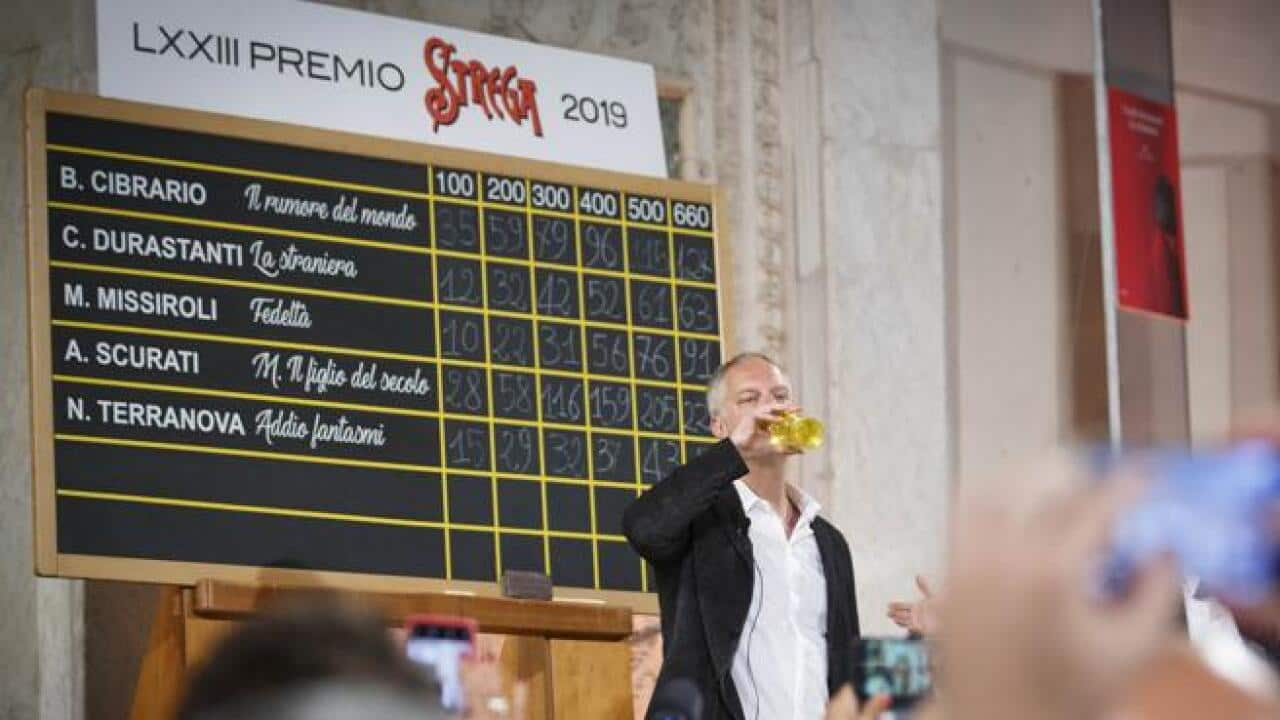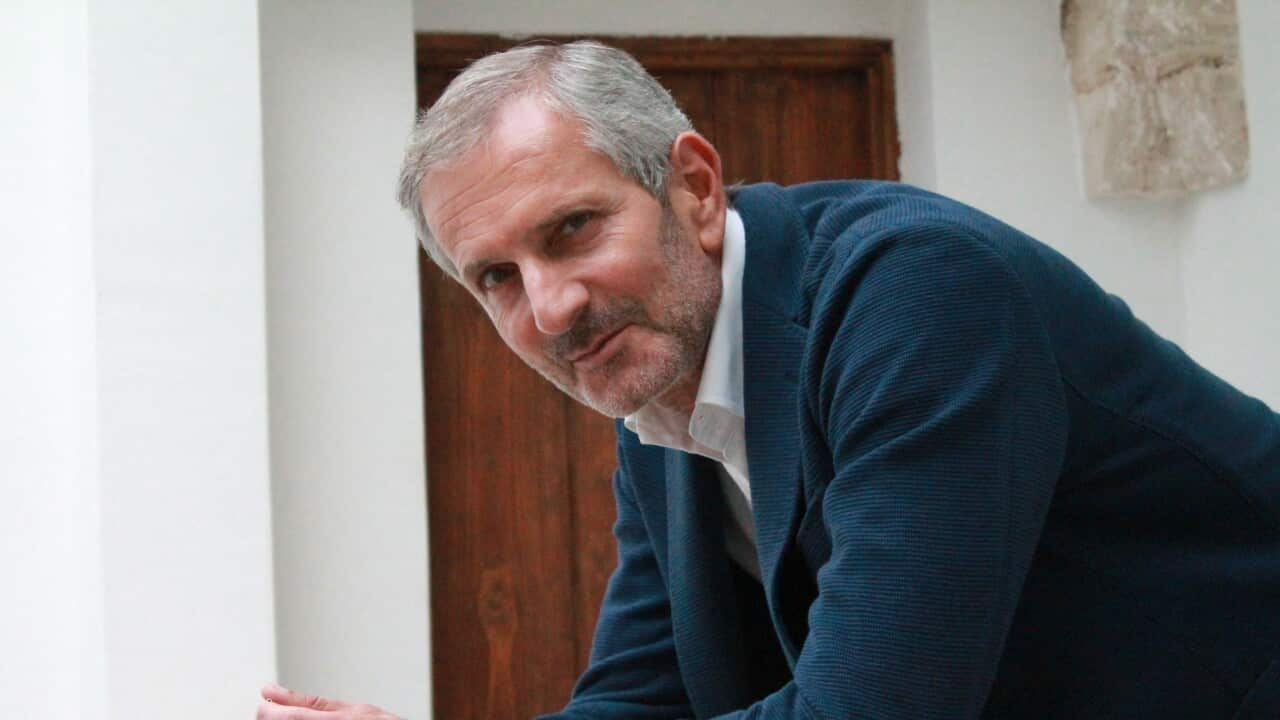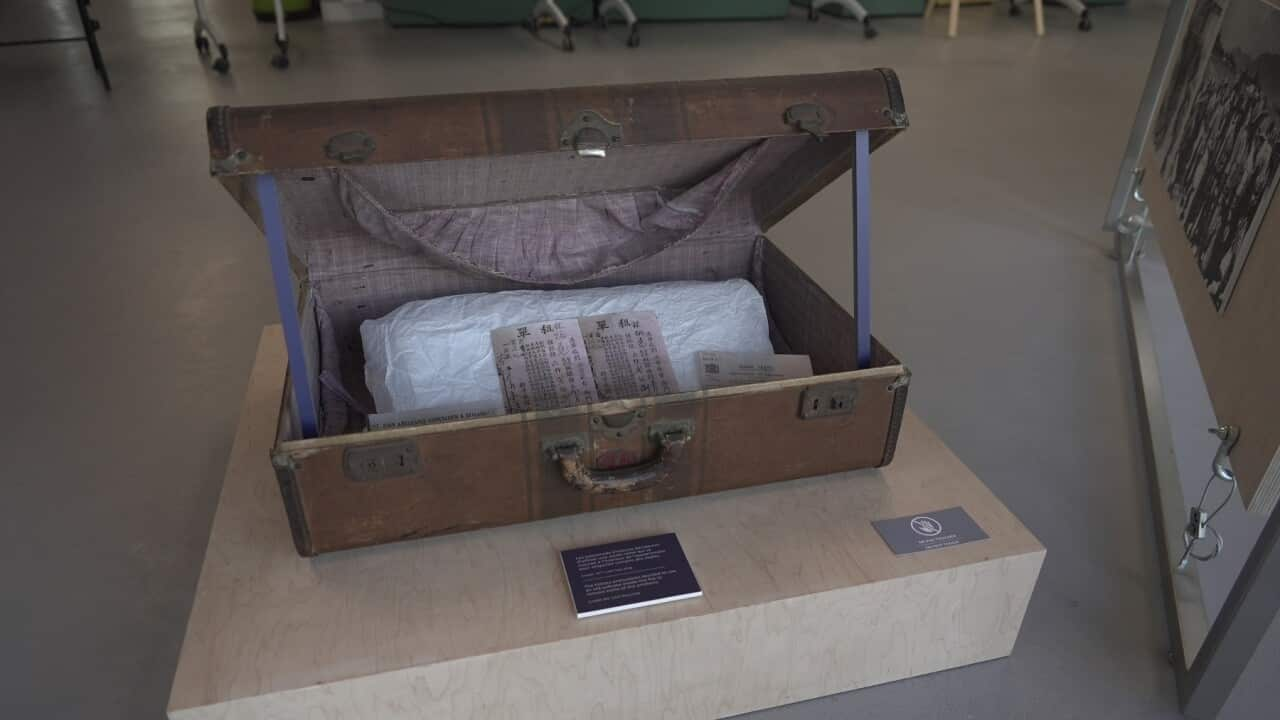The pandemic did not stopped Literature: on 2 July 2020, in the splendid setting of the Nymphaeum of Villa Giulia in Rome, the winning novel of the Strega Prize will be announced. Awarded for the first time in 1947, the most prestigious literary recognition in Italy went to the most celebrated Italian authors such as Cesare Pavese (1950), Alberto Moravia (1952) and Dino Buzzati (1958) just to mention a few.
The 2020 edition will see six writers compete instead of the usual five. There are known authors like Carofiglio, Parrella and Veronesi, but also a newcomer: Gian Arturo Ferrari.
Born in 1944, Ferrari arrives at the Strega as a finalist after spending his career judging and promoting books; for almost 40 years, in fact, he was one of the most powerful men in Italian publishing first as editor and then as director of Mondadori Books, in the early nineties, and then from 1997 to 2009 as general manager of the Mondadori Books division which includes Mondadori, Einaudi, Electa, Sperling & Kupfer, Edumond and Piemme. He then chaired the Center for books and reading for the Ministry of Cultural Heritage and Activities and since 2012 he has been a columnist for the newspaper Corriere della Sera.
Ferrari's novel titled 'Ragazzo italiano', published by Feltrinelli, tells the story of Nunni from the early years of childhood to adolescence. "The book is divided into three parts: the first is called the boy, the second the boy and the third the boy", Ferrari told SBS Italian, "Follows the development of the protagonist and his training which is influenced by several factors like the family environment but which has school as its main protagonist ".
The book is also a historical fresco of the history of post-war Italy and reconstruction. A period of profound changes for the country, of transition from a rural and peasant culture to an industrialized, modern country similar to the experience of protagonist.
The jury of the award is made up of Gli Amici della Domenica, a group of professionals in the sector and journalists, to which is added a jury of strong readers that changes from year to year but also some libraries and, from 2017, the juries of 20 Italian cultural institutes abroad including Melbourne.






